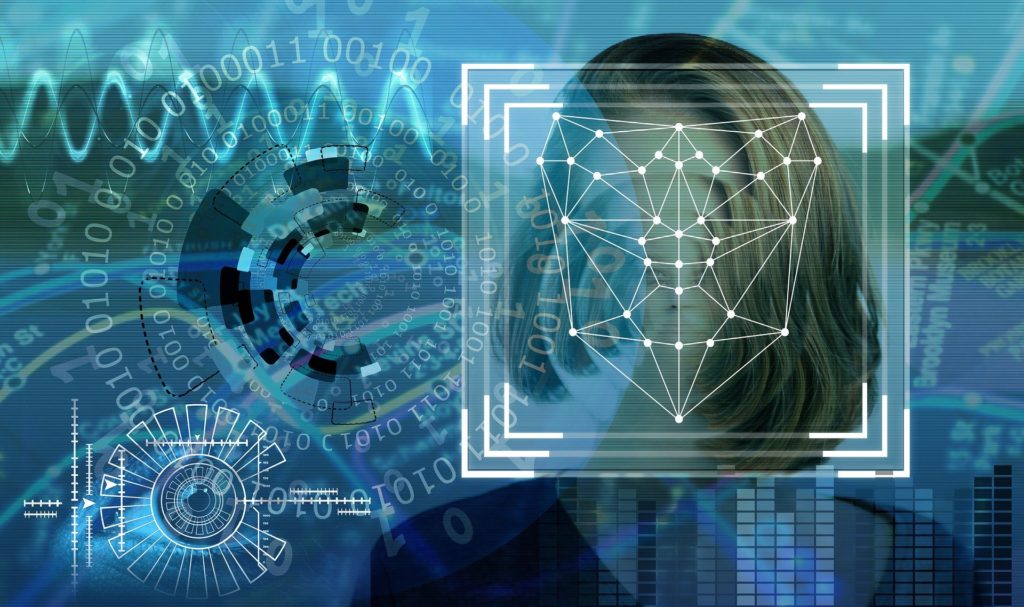The technological development available today has presented various options for commercial flights to operate as normally as possible. Among the measures that technology is supporting to keep hygiene recommendations and avoid any risk of contagion is the reduction of physical contact between airport and airline personnel and users, and one technology that helps to this end is the recognition and accreditation through facial biometrics, a technique that will displace validation through the delivery and handling of physical documentation.
Contents
What is facial biometrics?
The biometric technique is the one that results from the recognition of the physical features of an individual for the “verification” of her identity. Fingerprints, retina, iris, facial patterns are some of the physical elements that can be used to validate the identity of each person; for the specific case of facial biometrics, as its name indicates; through cameras and light sensors, the individual’s face is identified.
Innovation at San Francisco International Airport
San Francisco International Airport is the first airport in the United States to implement a low-touch biometric identity validation system. The initiative as a result of the health contingency had already been implemented at several airports around the world, however, the implementation of this initiative in such a complete and effective way is the responsibility of San Francisco International Airport, which has positioned itself as a pioneer in this implementation. Technological Biometric recognition is part of the trends that will drive the recovery of air travel in 2021.
The advantages of facial biometrics implementing
Facial recognition as an identity verification measure has the advantage, especially in the current health contingency, of reducing contact with personnel, handling high-touch documents, reducing queuing times, and possibly even eliminating queues. The efficiency of San Francisco Airport’s current digital biometric platform allows passengers to link their driver’s license with their facial biometrics at check-in. That way, they can move through the airport, from check-in to baggage delivery, security and boarding, simply by scanning their face at every necessary point, all without dealing with personnel or having to exchange documents. This technology joins the IATA initiative to develop more technology in airport management.
What do you think of this topic? Do you think this type of technology will become popular in all airports in the world?
If you have any doubt or question you can contact us or write your query in the comments section below.
Image by Gerd Altmann via Pixabay under Creative Commons license.
